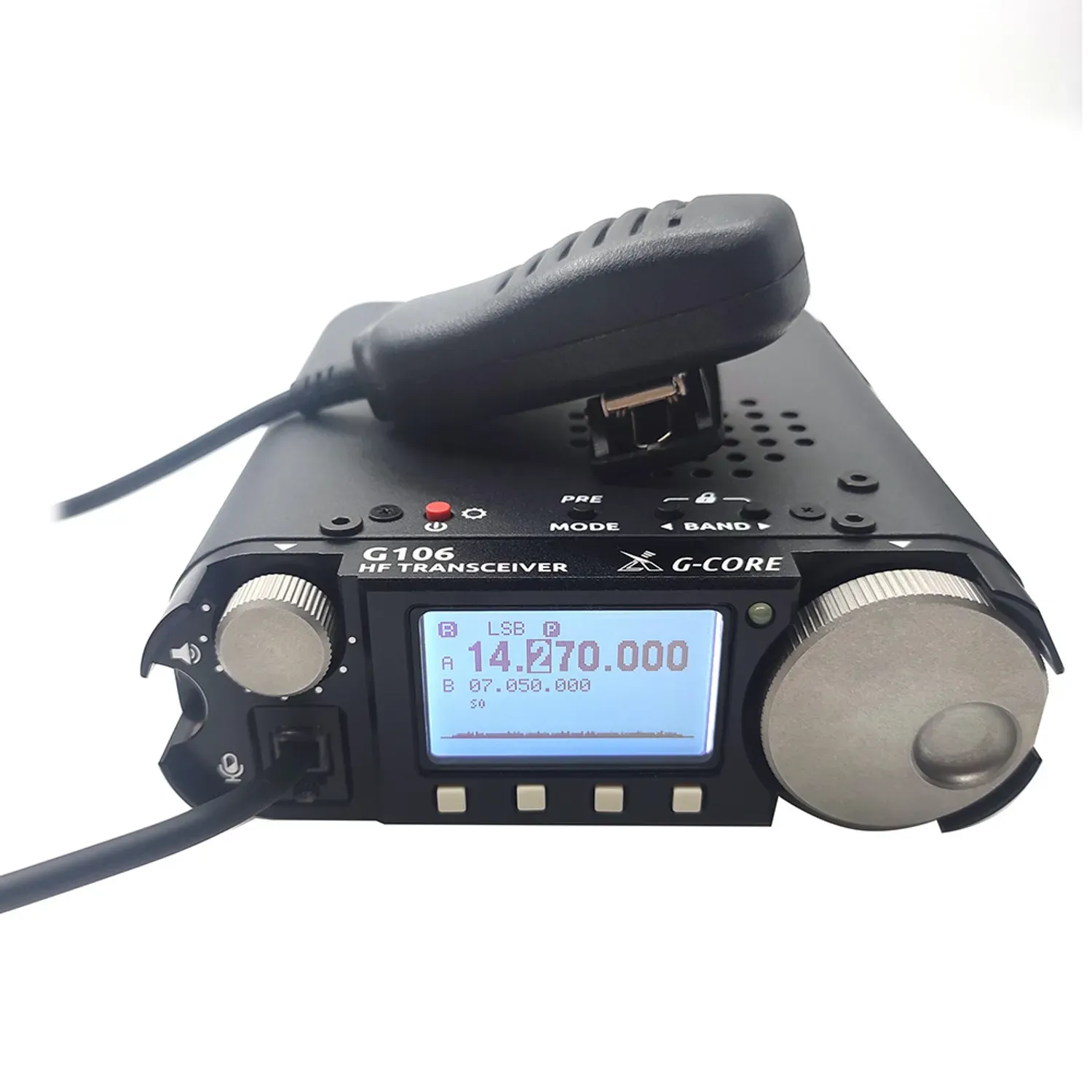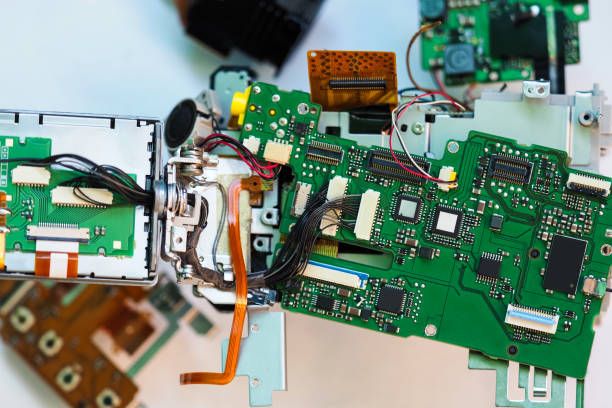
Send Inquiry
What Are the Differences Between Transceivers and Transponders?
Understanding Transceivers
Definition and Function
Transceivers, short for "transmitter-receiver," are devices capable of both transmitting and receiving signals.
They facilitate two-way communication by allowing the exchange of information between two points.
Historical Background
The concept of transceivers traces back to their early usage by Guglielmo Marconi in 1897.
Since then, transceivers have evolved significantly, finding applications in various fields such as aviation, maritime communication, military operations, weather monitoring, and everyday devices like smartphones.
Technical Aspects
Transceivers operate by sending out electromagnetic signals, which are then received and processed by another transceiver or receiver unit.
They employ modulation techniques to encode information onto carrier waves for transmission and demodulation to extract the original signal upon reception.
Common Applications
Transceivers play integral roles in numerous industries, enabling communication between individuals, vehicles, and equipment.
They are prevalent in aviation and maritime navigation, military operations, weather stations, amateur radio, and consumer electronics like smartphones and walkie-talkies.
Examples of Use Cases
From coordinating aircraft movements to facilitating emergency communication in remote areas, transceivers find diverse applications.
Pilots use transceivers to communicate with air traffic control, sailors rely on them for ship-to-ship communication, and outdoor enthusiasts use handheld transceivers for hiking and camping trips.
This multifunctionality makes transceivers indispensable tools in various scenarios, ensuring seamless communication across different domains.
Exploring Transponders
Definition and Purpose
Transponders, short for "transmitter-responder," are devices designed to automatically respond to incoming signals.
Unlike transceivers, which facilitate two-way communication, transponders primarily serve as locators or identifiers, transmitting information in response to specific queries.
Historical Context
Transponders gained prominence during World War II for distinguishing between friendly and enemy aircraft.
Since then, their usage has expanded across various industries, including aviation, satellite communication, automotive technology, and security systems.
Different Types of Transponders
Transponders can be categorized as either active or passive.
Active transponders require an internal power source to transmit signals actively, whereas passive transponders rely on external signals to induce a response without internal power.
Technological Workings
Transponders operate by receiving an interrogation signal from a reader or interrogator device.
Upon receiving this signal, they generate and transmit a response containing specific information, such as identification codes or location data.
This process occurs automatically without human intervention.
Diverse Applications
Transponders have widespread applications across various industries and everyday life.
They are integral components in aircraft tracking and navigation systems, electronic toll collection systems, vehicle key fobs, inventory management, and security systems like access control and asset tracking.
Contrasting Characteristics
Functionality
The primary distinction between transceivers and transponders lies in their functionality.
While transceivers facilitate two-way communication, transponders operate autonomously, responding automatically to incoming signals without the need for human interaction.
Technical Disparities
Transceivers employ modulation techniques to transmit and receive signals, facilitating bidirectional communication.
In contrast, transponders rely on passive or active response mechanisms to transmit information in response to specific queries.
Scale and Distance Capabilities
Transceivers typically have varying ranges depending on the frequency and power of the transmitted signals, ranging from short-range communication to long-distance communication via ionospheric propagation.
Transponders, on the other hand, are often used for short to medium-range applications, such as vehicle identification or proximity-based access control.
Use Cases
Determining the appropriate device depends on the specific communication needs.
Transceivers are suitable for scenarios requiring interactive communication between two or more parties, such as voice communication in aviation or maritime navigation.
In contrast, transponders are ideal for applications requiring passive identification, tracking, or localization, such as electronic toll collection or inventory management.
Real-world Applications
Air-Traffic Control
Air-traffic control heavily relies on both transceivers and transponders for efficient aircraft tracking and communication.
Transceivers enable direct communication between pilots and air traffic controllers, facilitating vital instructions and updates during flight.
Meanwhile, transponders play a crucial role in identifying and tracking aircraft positions, ensuring safe and organized air traffic management.
Maritime and Aviation Industries
In the maritime and aviation sectors, transceivers and transponders are integral components of navigation and safety protocols.
Transceivers facilitate communication between vessels or aircraft, enabling coordination of maneuvers and sharing of critical information.
Transponders, on the other hand, aid in collision avoidance and navigation by transmitting identification signals and position data to nearby ships or aircraft, enhancing situational awareness and preventing accidents.
Consumer Electronics
Transponders have found widespread integration into consumer electronics, simplifying various everyday tasks.
Electronic toll collection systems utilize transponders to automatically identify vehicles and deduct toll fees, streamlining the commuting experience.
Similarly, modern vehicle keys often incorporate transponders for remote unlocking and anti-theft features, enhancing convenience and security for vehicle owners.
Conclusion
As technology continues to evolve, the roles of transceivers and transponders in modern society are evolving as well.
From aviation and maritime navigation to everyday consumer electronics, these devices play pivotal roles in facilitating communication, improving efficiency, and ensuring safety across various domains.
Embracing and adapting to these advancements is crucial for staying ahead in an increasingly interconnected world.
Got Questions? Contact Ruixue Now!
Transceivers and transponders have seamlessly become part of our daily routines, often without us even realizing it.
If you're in need of a HF transceiver for radio communication, Ruixue is your go-to destination.
Don't hesitate! Take action today if you're interested in our radio solutions.



